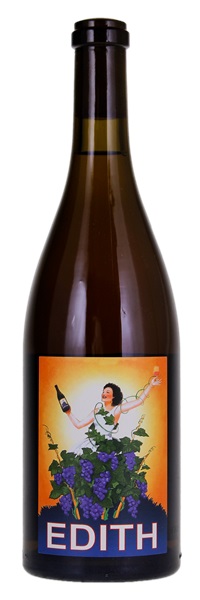Estimate

This is well pitched and has a very attractive mix of freshness with bright pink fruit and watermelon, as well as a long, fresh finish with pink apples and dry pears.
...beautiful...white peach, crushed rocks, white flowers, and pineapple notes. It's medium-bodied, layered, vibrant and fresh...
Medium-bodied on the palate, the wine has a citrus-driven core and a soft, focused mineral character, revealing cranberry, strawberry and raspberry flavors on the mid-palate...exciting focus, balance and prominent tension, with a dusty raspberry note as it lingers on the long finish...
...aromas of watermelon, red berries, citrus zest, orange peel and rose petal. Chewy, savory flavors of red raspberry, strawberry and grapefruit pith deliver a rare combination of richness and definition... Finishes dusty, tactile and long, with notes of quince and dried apricot.
Aromas of wet stone, raspberry, strawberry and herb lead to minerally, weighty savory flavors.
Refined and expressive, with distinctive raspberry, orange peel and smoky pepper flavors that take on richness on the long finish.